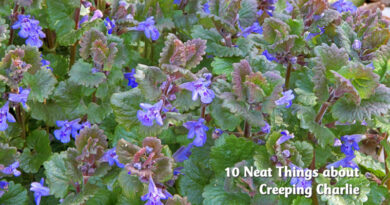About Moss
Are you interested in growing moss? Look for an article on it in our Summer issue of Canada’s Local Gardener!
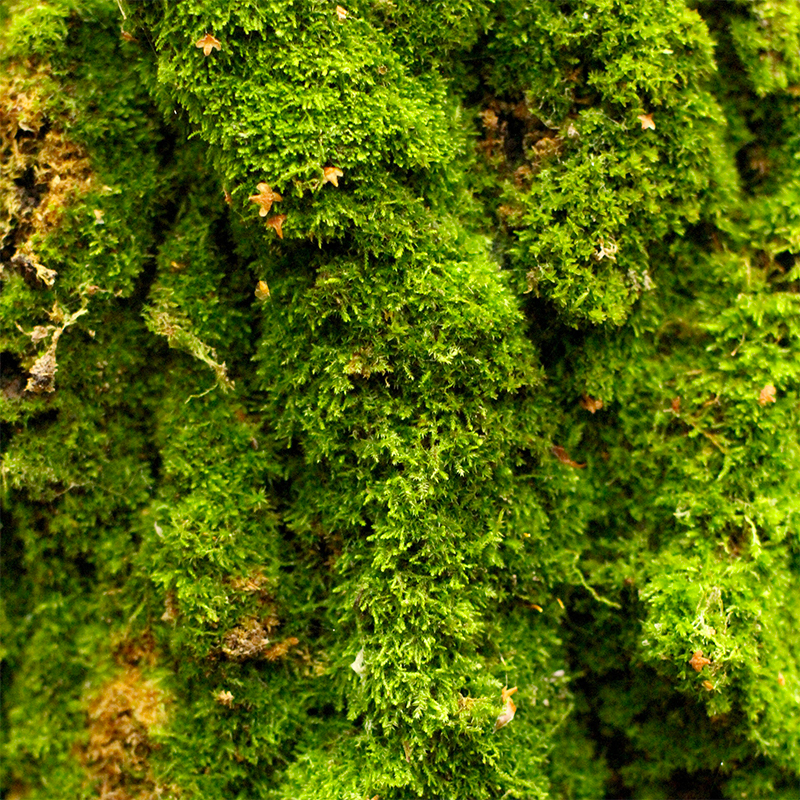
1. Flowerless plant.
Moss does not flower like most other plants. It produces spores which can be male or female. While many disperse their spores on the wind, sphagnum moss projects its spores with great force equal to 36,000 times the earth’s gravitation acceleration! In reality, though, that only lifts the spores four to eight inches off the ground.
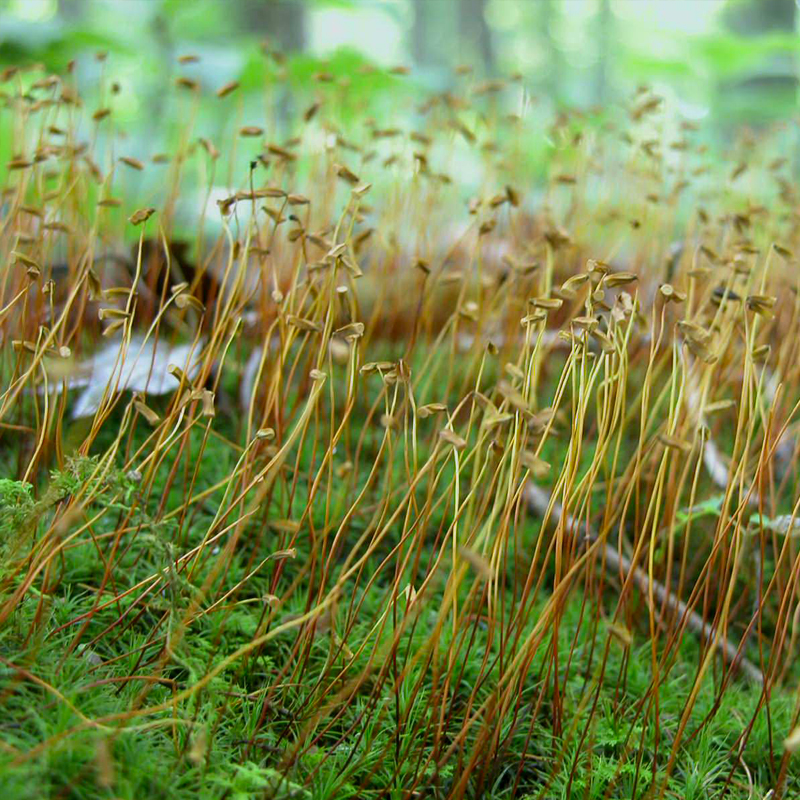
2. Moss reproduction.
Male spores are sperm which need water to activate their swimming propensities. Once in the water, it’s a race to find a female egg before the water evaporates or their brief life span ends as the clock reaches 60 minutes. There are no clues or signposts to help make the connection – their search is random. Some spores become dwarf males as they land on females, aiding fertilization through proximity – the water carries the sperm downward.
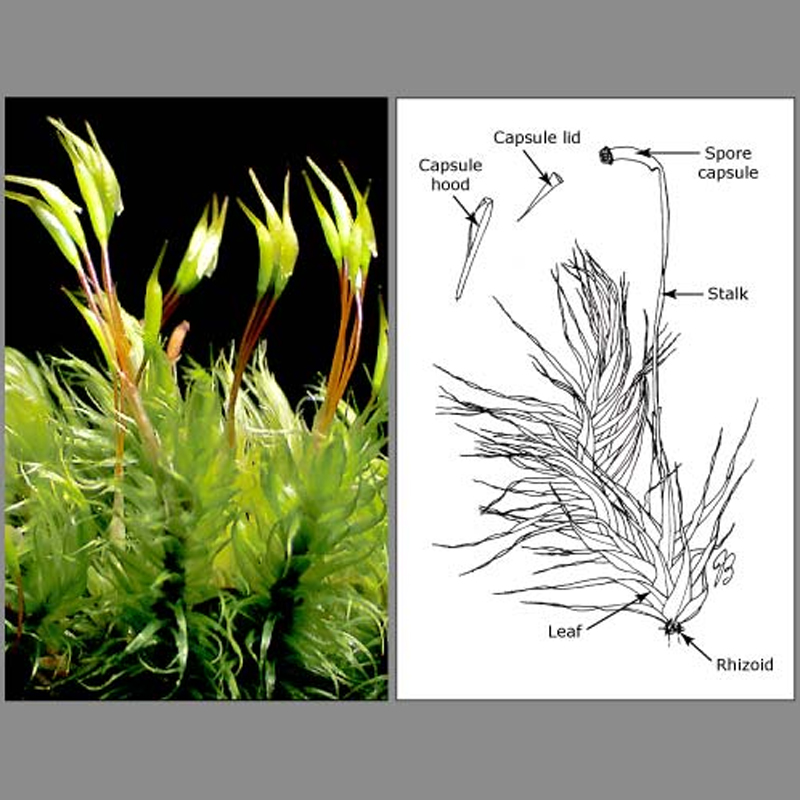
3. Simple Simon?
Moss grows on thin stems that have no vascular properties, which makes sense as they have no roots either, as there is no need for a system built to carry water and nutrients from the soil to the above ground plant. The stem puts out leaves that are (usually) one cell thick. It also produces thin filaments that produce spores. (I am trying to stay away from complicated lingo such as gametophyte, the “green” stage of the plant and sporophyte, the reproductive stage of the plant, not to mention rhizoids – the structures, not roots – that allow moss to anchor itself to some convenient surface).
4. Is that you, Dolly?
Some mosses can clone themselves by allowing parts to break off and reproducing asexually. In other cases, certain other life forms – springtails and mites – may help sexual reproduction in much the same way bees help in fertilizing garden plants. Moss has detectable differences in the scents it releases indicating which is male and which is female, a trigger in higher plants that helps attract pollinating insects.

5. When is moss not moss?
Moss is scientifically Bryophyta, and there are more than 12,000 species. But a Spanish moss is not one of them – it’s Tillandsia, an epiphyte that absorbs moisture and nutrients from the air. Scotch moss (Sagina subulata) is not one either; it’s a short, flowering, creeping perennial that likes lots of sunlight.
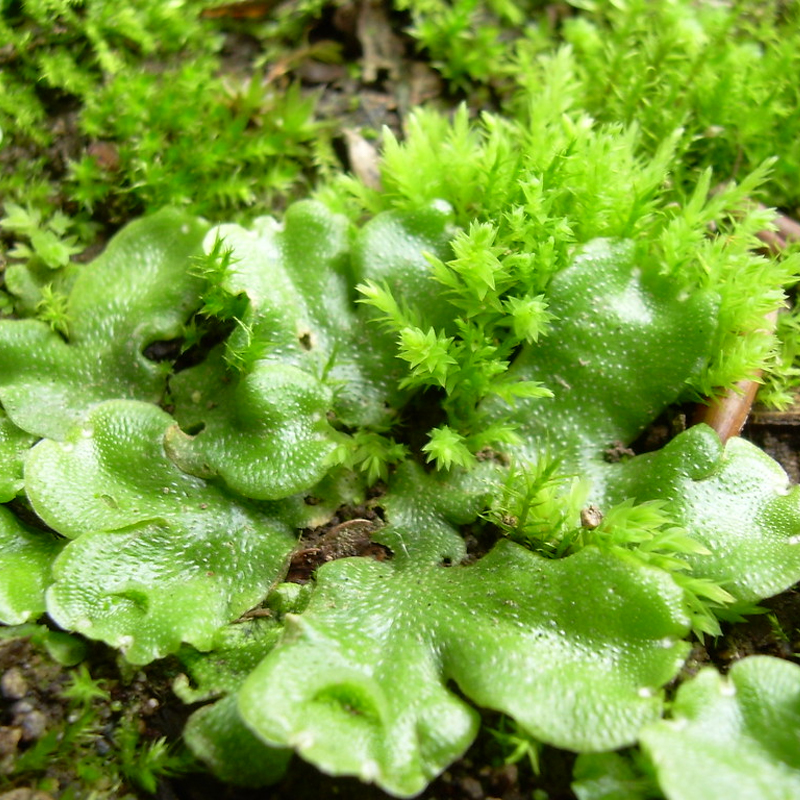
6. Is that slimy looking stuff moss?
Liverworts and hornworts can be hard to tell from moss and most people just don’t care. But if you are into the minutiae, you can tell them apart because in moss, the stalk grows and then the spores enlarge and form in a spore cap. With the worts, the capsule of spores enlarges first and then the stalk grows. Aren’t you glad you asked? Moss also looks fuzzy, while the worts can be shiny or dry looking. And don’t confuse any of them with lichen, sometimes called reindeer moss, which is often flat and dry looking.
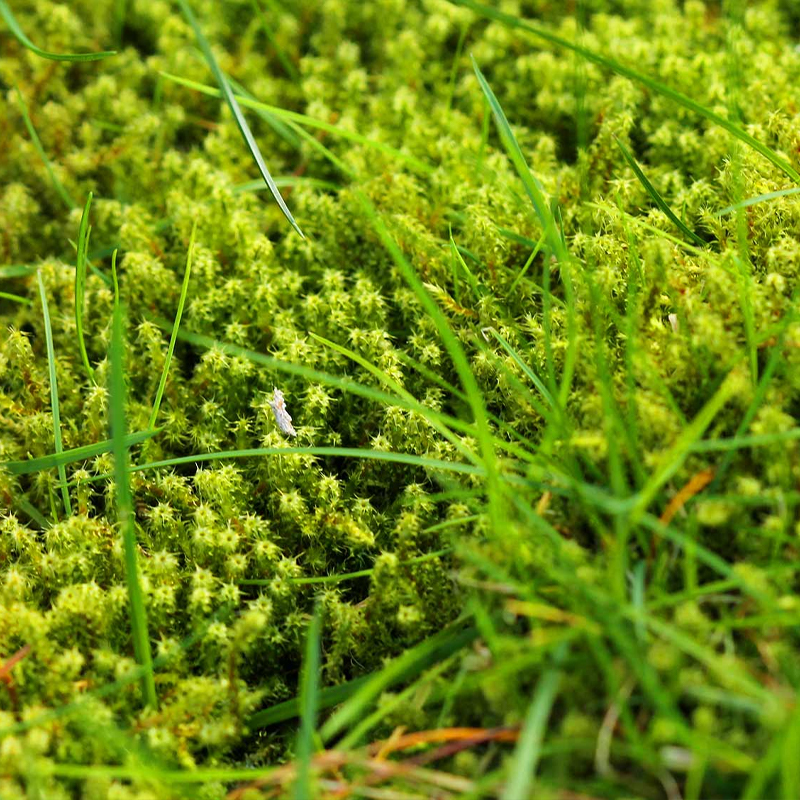
7. I just wanna’ get rid of it!
It’s simple: they need water to live, not that it is necessarily dead when it dries out. Dried out moss can often regenerate with rehydration. But in any attempt to rid a place of it, draining the water is step one. You can also treat the area it’s growing on by adding lime (they need an acidic base) or ferrous sulfate (used to be known as green vitriol or copperas) for moss growing in lawns. Just add plain old bleach to kill those growing on solids such as concrete. Access to sunlight helps. And get rid of the moisture to keep it from coming back.
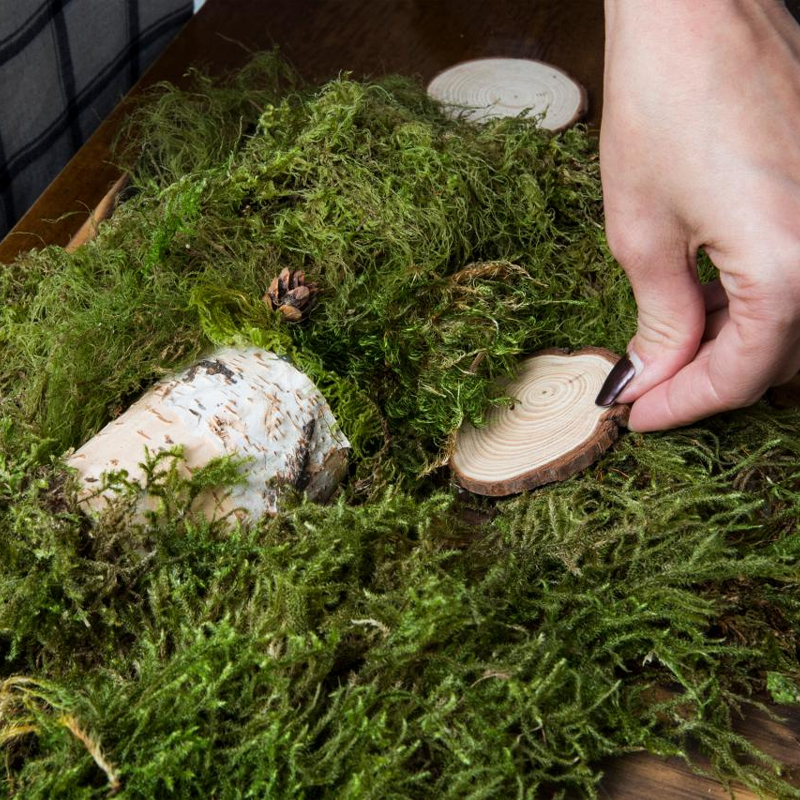
8. I just wanna grow it!
Like many Japanese gardeners you may revere the growth of moss for its calming effect and its ability to add stillness and a sense of age to a garden. To grow your own, start with natural moss, then ensure that it has an acidic base to grow on by treating it with yoghurt, buttermilk or – pee! You can gently puree some with one of the above and paint it on the surface you want it to grow on. You need lots of moisture to keep it growing.
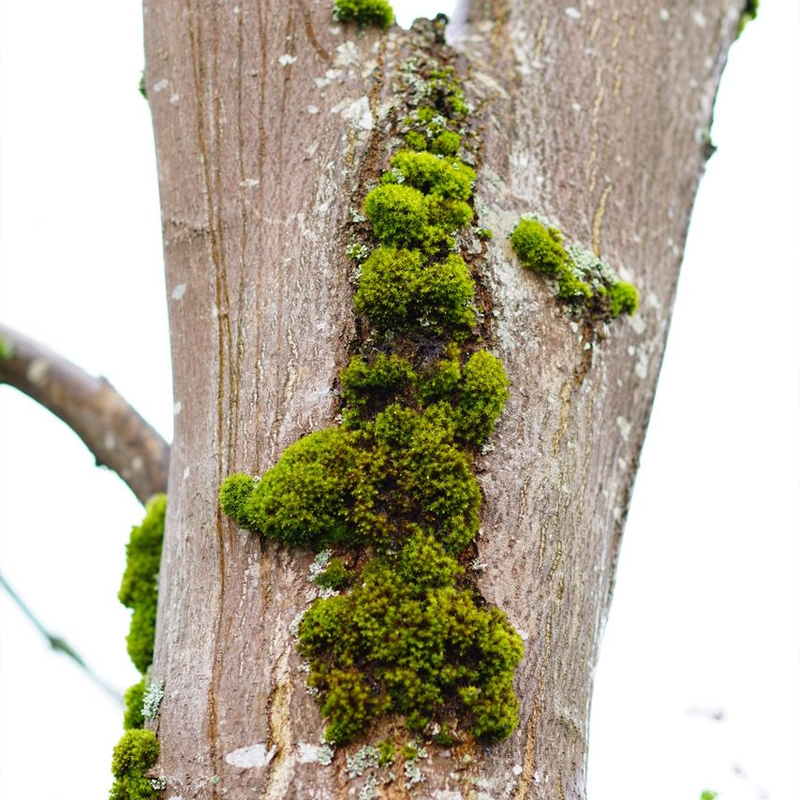
9. Moss land.
Moss will grow on soil, wood or certain types (low pH) of coarse concrete. Does it really grow on the north side of the tree? In this hemisphere, it often does, mainly because this is the dark and humid side. In the southern hemisphere the truism is reversed. Be careful if lost in the woods though. Some may prefer the sunny side of a rock or certain trees.

10. Useful moss.
Sphagnum was used by soldiers to stanch wounds because of its ability to absorb moisture, which it does three times faster than cotton. It is also soothing and has mildly antibacterial properties. It has long been used in diapers and in the United Kingdom they often used wet moss to fight fires. Peat moss is a garden staple, adding tilth to the soil and helping it to retain moisture.
-Dorothy Dobbie Copyright©
Pegasus Publications Inc.
You can download a printable copy, just click here.




